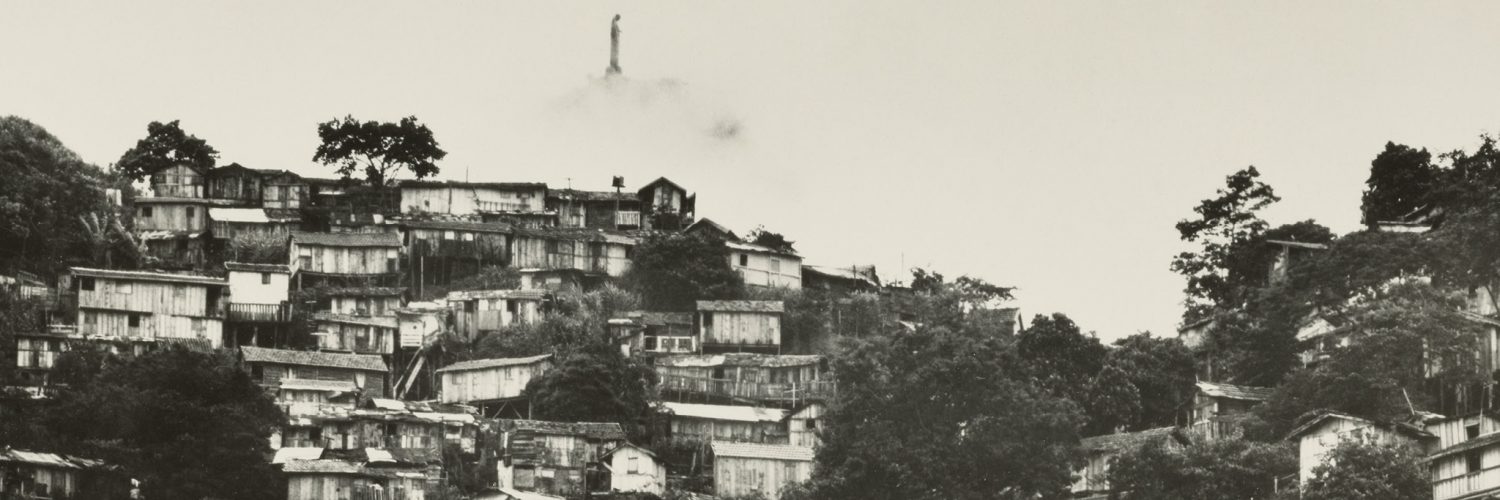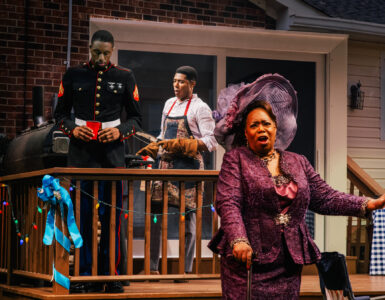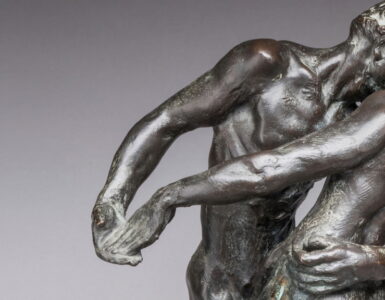Currently on view at the Getty Center are two photo exhibitions that trace a theme of photographers who return to their subject over the years.
Gordon Parks: The Flávio Story continues at the Getty until November 10, alongside Once. Again. Photographs in Series. Both are very affecting series that highlight the evolution and narrative power of the image.
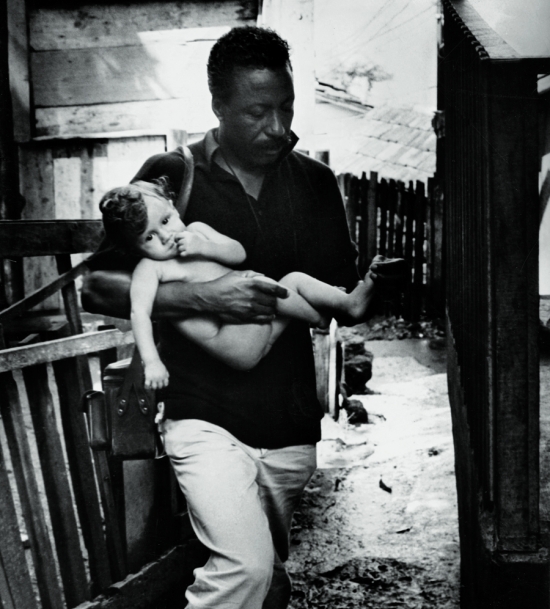
Gordon Parks: The Flávio Story photo exhibition is a great story of modern photography. It offers an emotional journey for all who view this intimate and highly personal exhibition.
From the press release:
On assignment to document poverty in Brazil for Life magazine, American photographer Gordon Parks encountered one of the most important subjects of his career: Flávio da Silva. Parks featured the resourceful, ailing boy, who lived with his family in one of Rio’s working-class neighborhoods known as favelas, in the heart-rending 1961 photo essay “Freedom’s Fearful Foe: Poverty.”
His reportage resulted in donations from Life readers but also sparked controversy, particularly in Brazil, where the popular picture magazine O Cruzerio issued a scathing condemnation of Life’s coverage.
This exhibition explores the celebrated photo essay, tracing the extraordinary chain of events it triggered and Parks’ representation of Flávio over several decades.
Once. Again. Photographs in Series also runs through November 10, 2019.
Photographers often record change through images in series, registering transformations in the world around them. This exhibition features both historical and contemporary artists who have photographed faces and places over minutes, months, or years. Their artworks prompt reflection on the ways the passage of time impacts how we see people and spaces.
Backstory:
In Spring 1961, American photographer Gordon Parks was sent to Rio to document the favelas for one of his photo-journalism assignments commissioned by Life magazine.
Parks was a photographer and documentarian who took a humanist approach with his art. He had joined staff of Life in 1948, with ‘Harlem Gang Leader’ being his first published photo essay. During the 1950s, Parks worked in the Paris bureau for Life, training his camera on such subjects as artist Giacometti and Paris fashion. He was the first African-American photographer to be employed by Life.
Parks’ Rio assignment was dedicated to documenting the poverty in Brazil, with the photojournalist intending to focus on one family, that of Flávio da Silva—comprising of eight children and two parents.
Political climate: The March 1961 Alliance for Progress under President Kennedy pledged economic aid and development funds for Latin America to stave off communism. In turn, Life published a five-part series entitled “A Crisis in Latin America.”
For this assignment, Parks had planned to focus on the father, but the photographer soon disregarded instructions and concentrated instead on Flávio as his main subject, documenting his asthma and malnutrition. His approach was one of 20 days’ total immersion in the Brazilian family’s lives.
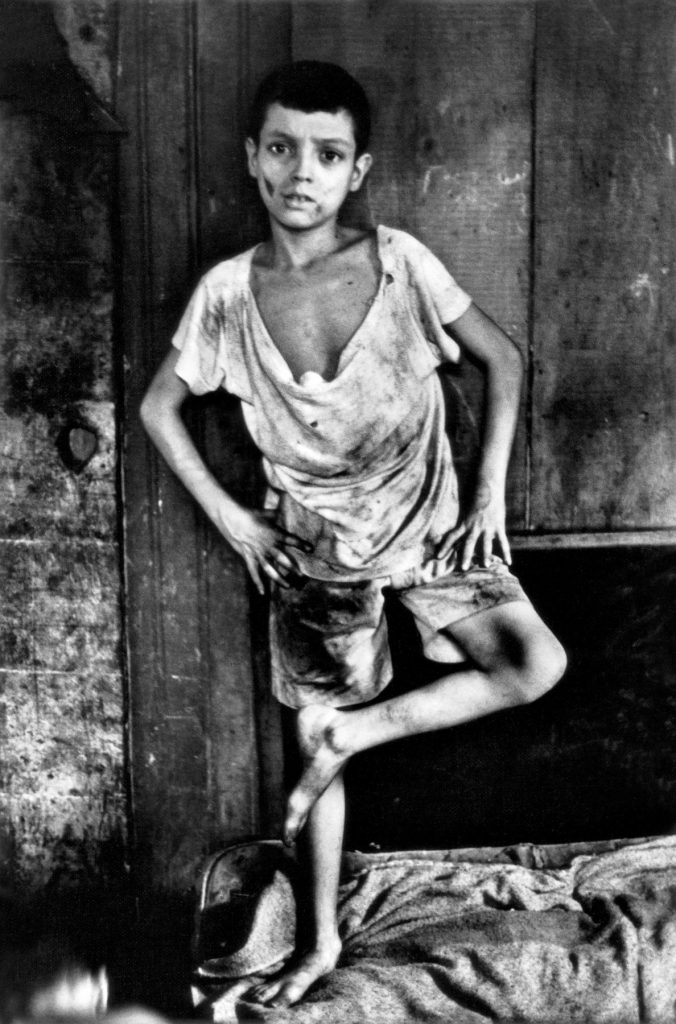
© The Gordon Parks Foundation.
Parks went ‘off script’ and the Life executives encouraged him to continue. Almost all of the first 24 photos were focused on Flávio.
The profoundly moving photo essay led to a huge outpouring of sympathy. Response from readers was immediate and many sent a wealth of support from the US. A hospital in Denver offered to treat him and host the family. Flávio came to the US in 1961, and spent two years here before returning to Brazil, healthy and strong.
Funds donated from readers of Life led to new home for the da Silva family and their relocation. Life undertook a two-year responsibility for Flávio from age 12.

But the publicity was controversial and led to push back from Brazil. In response, O Cruzerio magazine issued a counter attack, sending their own photographer to New York city to document poverty that existed there. They sent Henri Ballot to “find a Flávio in NYC” and soon images of Flávio were juxtaposed with images of poverty on the lower East side of NYC.
O Cruzerio magazine even duplicated the layout of Life to counter the US magazine’s narrative.
The pointed editorial aspect of the rival photo essays led to war between the two magazines, as well as an important discussion of the manipulation of the image and the narrative.
Parks returned to Brazil soon after the story ran—visiting three more times, when Flávio was a teen and later an adult father.
1963 saw a reunion between Parks and Flavio. In the mid 1960s, Parks created a book proposal to update the story. In 1976 Parks undertook a re-engagement with this story for the third time.
Acknowledged as important and significant story for and by Parks, we even see how the photographer himself sometimes becomes the subject.

Flávio himself returned to the US once again this year for the first time in 58 years. Through a translator, Flávio recalled, “All of this is the reality. Nothing is made up. The situation of my country never changed 1961 to 2019—it’s still the same.”
As a boy, the young Brazilian inspired so many people who reached out to him over the years.
Says Flávio, “This exhibition functions as a time machine.”
Additionally, the exhibition contains several Parks works that were newly acquired for this exhibition, part of an outgrowth of acquisitions from 2015.
Peter W. Kunhardt, Jr. is the executive director of the Gordon Parks Foundation and grandson of executive director of Life. His multi-year collaboration with Getty included three years working on this exhibition and its handsome catalogue.
“The Flávio story was the center of their lives, and his most important work,” he says. “It’s a complicated narrative telling as much of the story as we can.”
Gordon Parks: The Flávio Story exhibition provides a rare historical context provided with follow up and counter story from Brazil.
Photography as an art form has power way beyond creating works of art but also charting and documenting society.
This is a story with many layers and how powerful photography can be in documenting lives. This story is still unfolding.
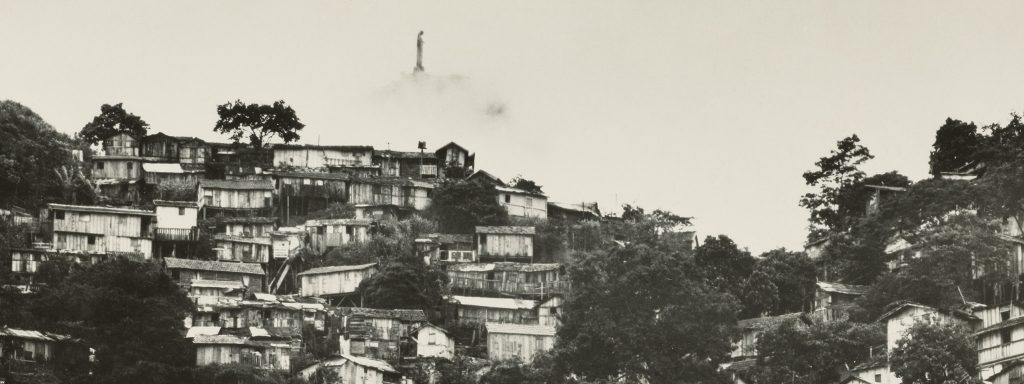
Catacumba Favela, Rio de Janeiro, Brazil, negative 1961; printed later, Gordon Parks, gelatin silver print. The J. Paul Getty Museum. Purchased with funds provided by the Photographs Council. © The Gordon Parks Foundation
Gordon Parks: The Flávio Story at the Getty
Runs through November 10, 2019.
The Getty Center
1200 Getty Center Dr.
Los Angeles, CA 90049
The J. Paul Getty Trust is an international cultural and philanthropic institution devoted to the visual arts that includes the J. Paul Getty Museum, the Getty Research Institute, the Getty Conservation Institute, and the Getty Foundation. The J. Paul Getty Trust and Getty programs serve a varied audience from two locations: the Getty Center in Los Angeles and the Getty Villa in Pacific Palisades.
The J. Paul Getty Museum collects Greek and Roman antiquities, European paintings, drawings, manuscripts, sculpture and decorative arts to 1900, as well as photographs from around the world to the present day. The Museum’s mission is to display and interpret its collections, and present important loan exhibitions and publications for the enjoyment and education of visitors locally and internationally. This is supported by an active program of research, conservation, and public programs that seek to deepen our knowledge of and connection to works of art.
Sign up for e-Getty at www.getty.edu/subscribe to receive free monthly highlights of events at the Getty Center and the Getty Villa via e-mail, or visit www.getty.edu for a complete calendar of public programs.


